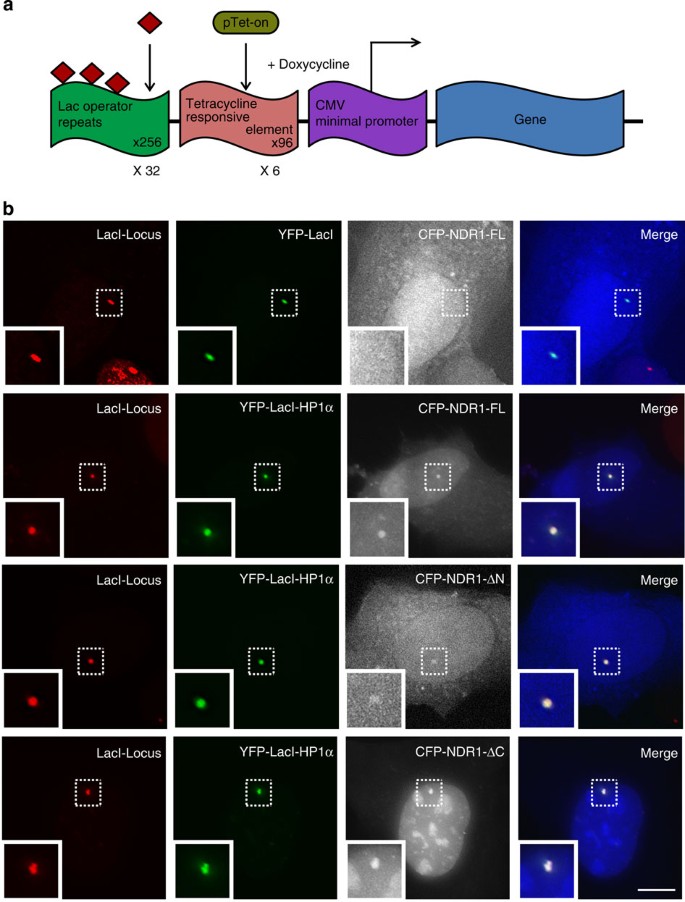


CTN-RNA is diffusely distributed in nuclei and is also localized to paraspeckles. CTN-RNA is transcribed from the protein-coding mouse cationic amino acid transporter 2 (mCAT2) gene through alternative promoter and poly(A) site usage. We have identified CTN-RNA, a mouse tissue-specific ∼8 kb nuclear-retained poly(A)+ RNA that regulates the level of its protein-coding partner. This mechanism of action highlights an important paradigm for the role of a nuclear-retained stable RNA transcript in regulating gene expression.ĪB - Multiple mechanisms have evolved to regulate the eukaryotic genome. Our findings reveal a role of the cell nucleus in harboring RNA molecules that are not immediately needed to produce proteins but whose cytoplasmic presence is rapidly required upon physiologic stress. Under stress, CTN-RNA is posttranscriptionally cleaved to produce protein-coding mCAT2 mRNA. Interestingly, knockdown of CTN-RNA also downregulates mCAT2 mRNA. The 3′UTR of CTN-RNA contains elements for adenosine-to-inosine editing, involved in its nuclear retention.

N2 - Multiple mechanisms have evolved to regulate the eukaryotic genome. Supported by grant GM42694 (NIH) and a grant from the Louis Morin Charitable Trust to D.L.S., grant DAMD17-00-1-0209 (USAMRMC) to K.V.P., grants HG02600 and HG01696 (NIH) to M.Q.Z., and grant CA13016 (NCI) to S.G.P. We would also like to thank Adrian Krainer, Marie Öhman, Mona Spector, and members of the Spector laboratory for critical review of the manuscript and Jim Duffy for artistic services. We would like to thank Adrian Krainer, Angus Lamond, Scott Lowe, Carol MacLeod, James Patton, Bruce Stillman, and Zuo Zhang for their gifts of reagents Ravi Sachidanandam for designing an EST browser for the CTN-RNA genomic region and Katherine Borden, Cathie York-Defalco, Grisha Enikolopov, Ileng Kumaran, Naoki Nakaya, Masashi Narita, Philip Sharp, and Mona Spector for their invaluable suggestions and help. T1 - Regulating gene expression through RNA nuclear retention This mechanism of action highlights an important paradigm for the role of a nuclear-retained stable RNA transcript in regulating gene expression.",

This mechanism of action highlights an important paradigm for the role of a nuclear-retained stable RNA transcript in regulating gene expression.Ībstract = "Multiple mechanisms have evolved to regulate the eukaryotic genome. We have identified CTN-RNA, a mouse tissue-specific ∼8 kb nuclear-retained poly(A) + RNA that regulates the level of its protein-coding partner. Multiple mechanisms have evolved to regulate the eukaryotic genome.


 0 kommentar(er)
0 kommentar(er)
